DEFINITION : The temporal lift improves the stigma of aging in the temple region. The temporal lift can be performed in isolation although, in practice, is often associated with eyelid surgery (blepharoplasty).
AIMS : This procedure will treat the collapse of the lateral eyebrow, smooth out the crow’s feet and tighten the skin of the external eye.
PRINCIPLES :
In this region, the sagging of tissues is mainly of skin.
The temporal lift is performed through a scar:
*Either in the hair (intracapillary scar) but at the cost of a recession in the hairline,
*In flush with the hairline but with the risk of some scar visibility.
The temporal lift can restore a smoother distance between the eyelashes and tail of the eyebrow.
When eyelid surgery is associated, the temporal lift reduces the skin resection and the length of the scar at the upper eyelid.
The procedure, performed as well in women than in men, may be made from 40 years.
BEFORE THE OPERATION :
A preoperative assessment is normally conducted as required.
The anaesthesiologist will be seen in consultation before surgery.
No medication containing aspirin should be taken within 10 days prior to surgery.
TYPE OF ANAESTHESIA AND HOSPITAL STAY
Type of anaesthesia
The temporal lift can be performed under general anaesthesia or under local aesthesia combined with intravenous tranquilizers.
Hospital stay
The procedure can be performed in « ambulatory ».However, in some cases, a short hospital stay may be preferable.
THE PROCEDURE :
We can retain some common basic principles:
In case of intracapillary scar, the incision of approximately 4 to 6 cm is completely hidden in the hair.
In case of precapillary scar, the length of the incision depends on the amount of skin removed.
Then, we proceed to the restoration of tissue tension.
The rise of the tail of the eyebrow and the relocation of the skin are appreciated by taking care to keep his facial expression.
After the operation : post-operative follow-up
During these early days, the patient must not be surprised or worried of:
*a small skin bulge at the upper part of the temporal scar,
*edema (swelling) that may be more pronounced the third day that the first,
*ecchymoses (bruises) in the region,
*a painful sensation of tension in the temples.
THE RESULT :
After two to three months, we can have a good idea of the final result.
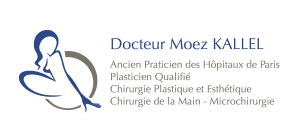
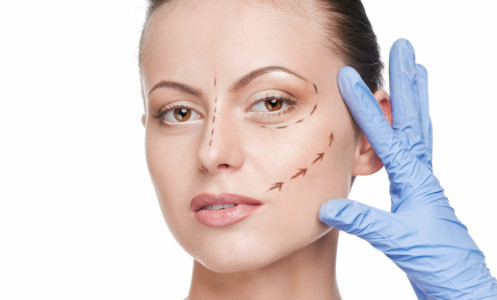
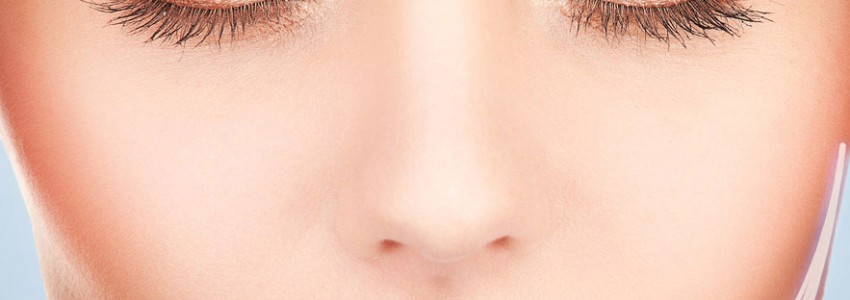

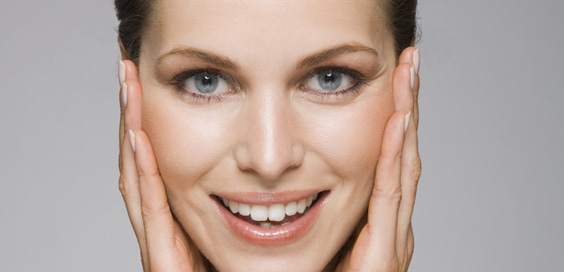
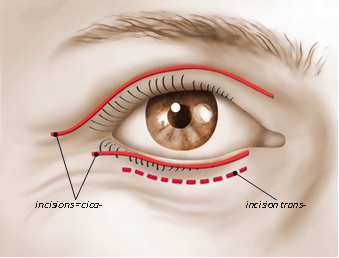

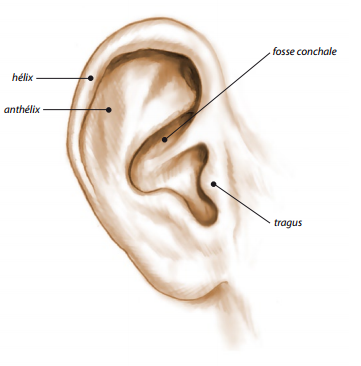
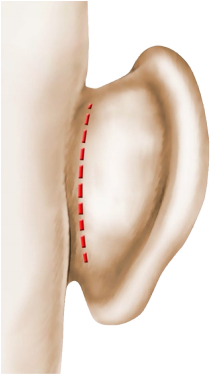

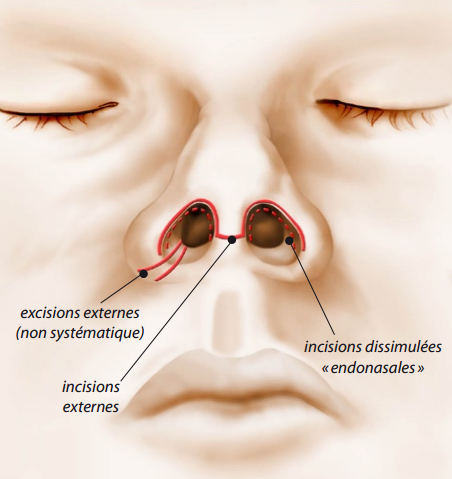
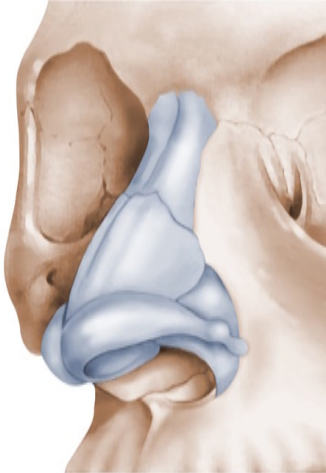 Dissection : These incisions permit separation of the bone structure and cartilage from the skin which covers it from outside and mucosa hich is lining inside.
Dissection : These incisions permit separation of the bone structure and cartilage from the skin which covers it from outside and mucosa hich is lining inside.